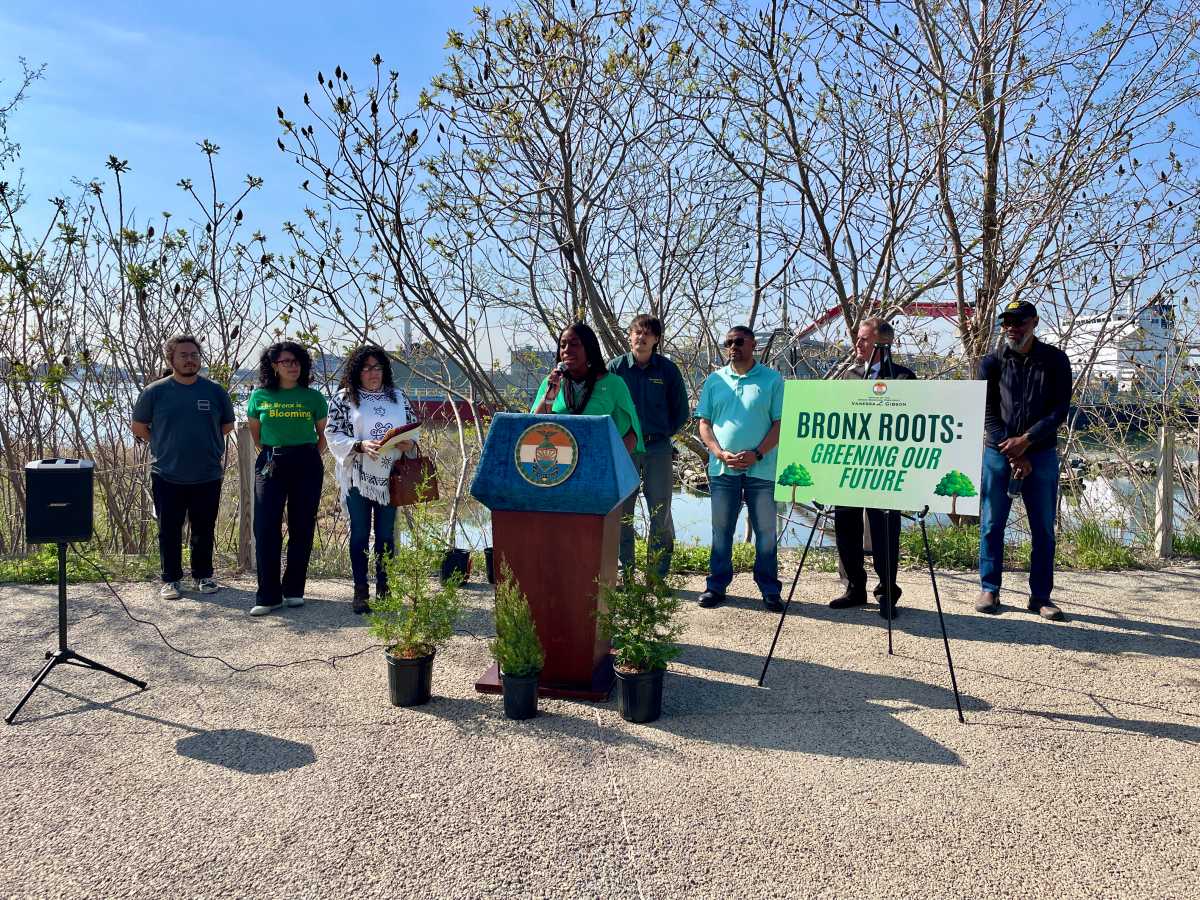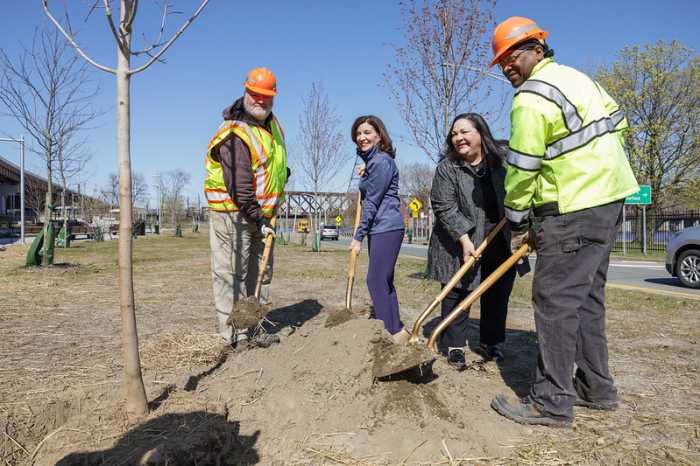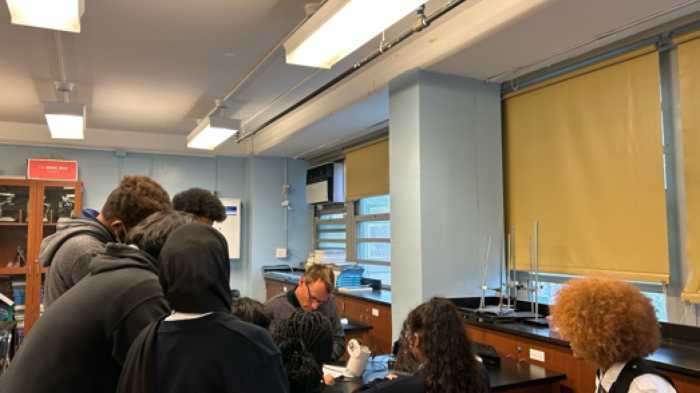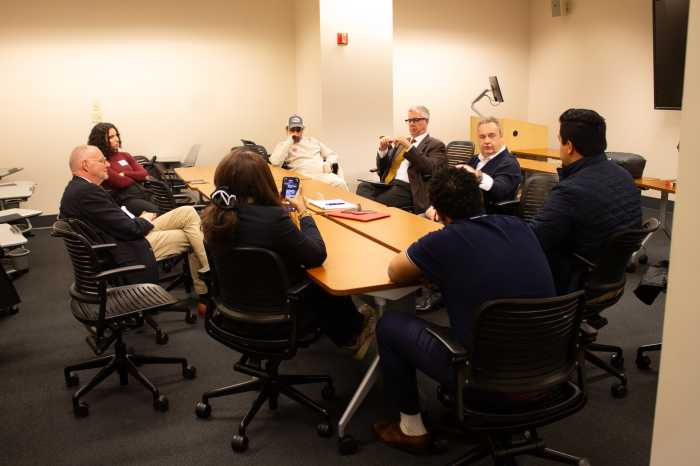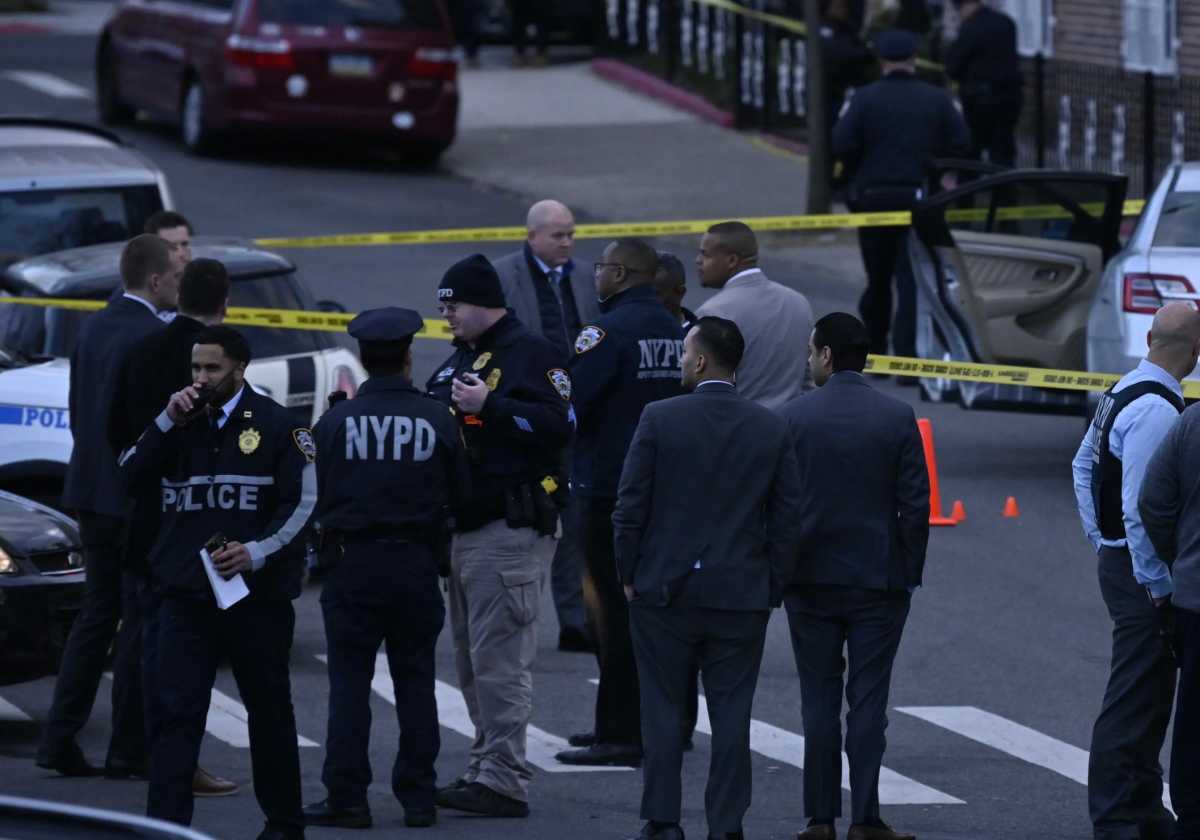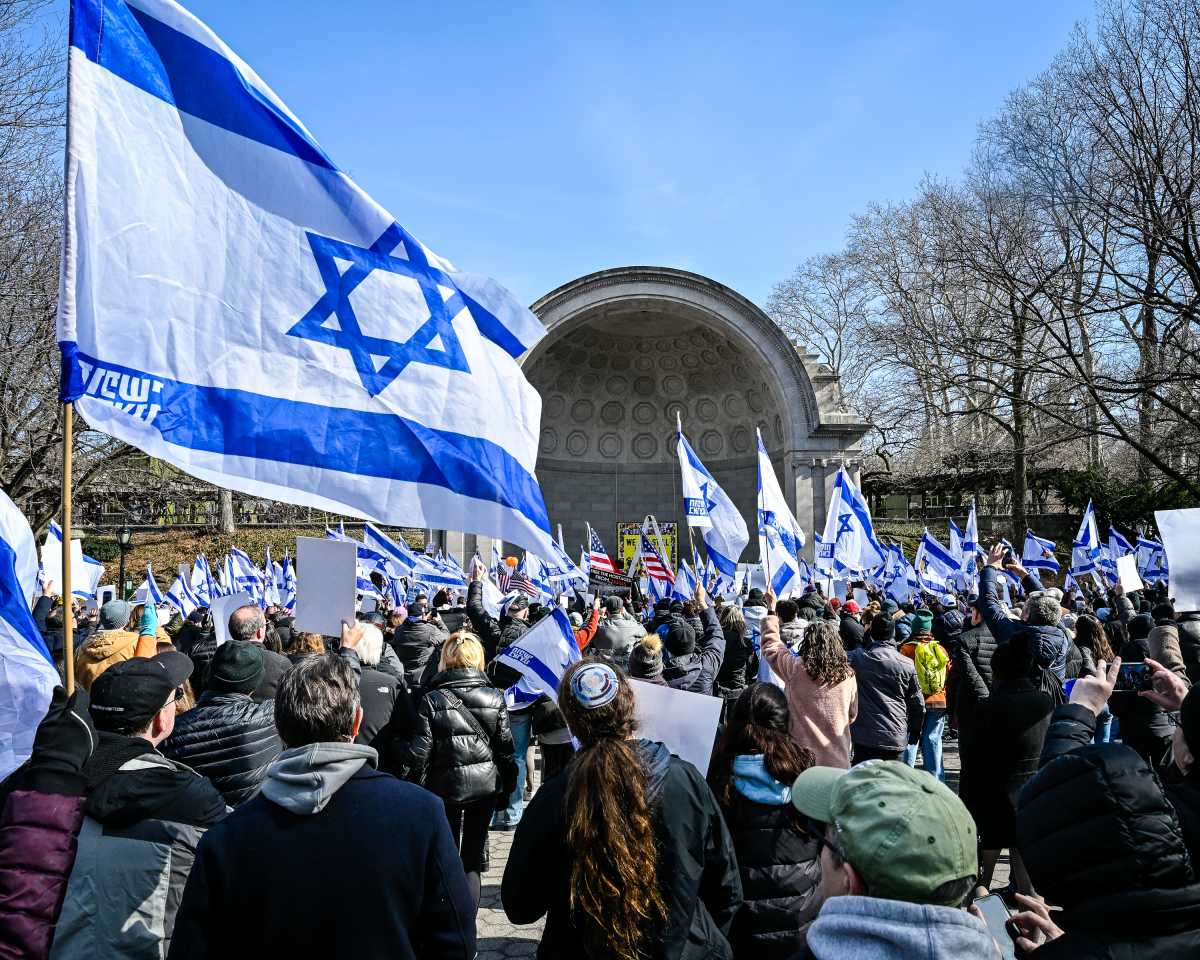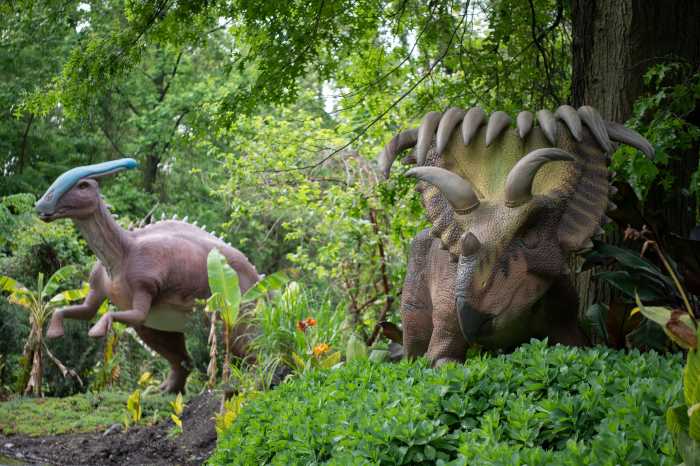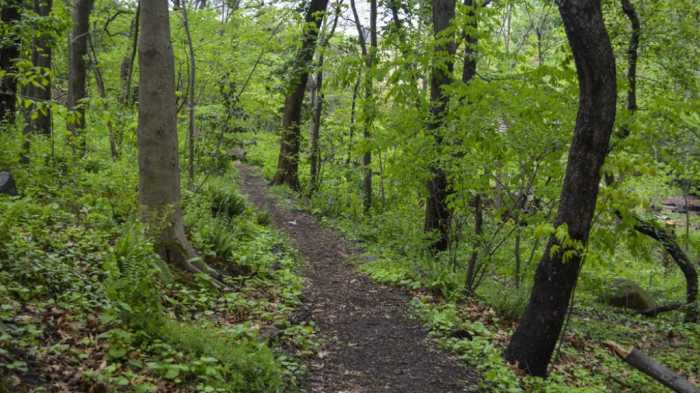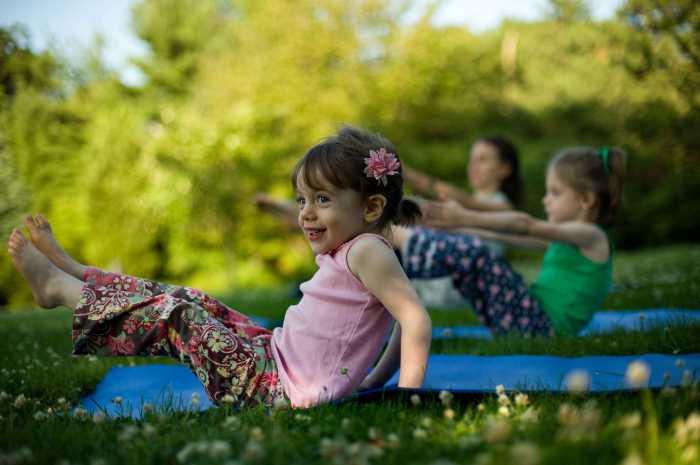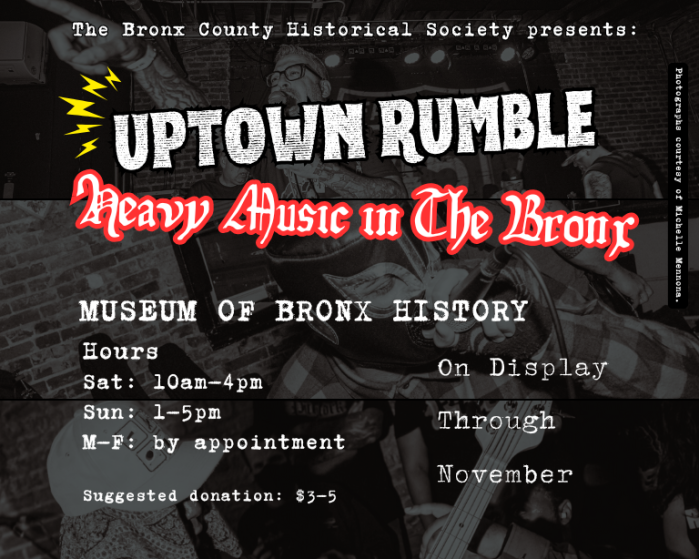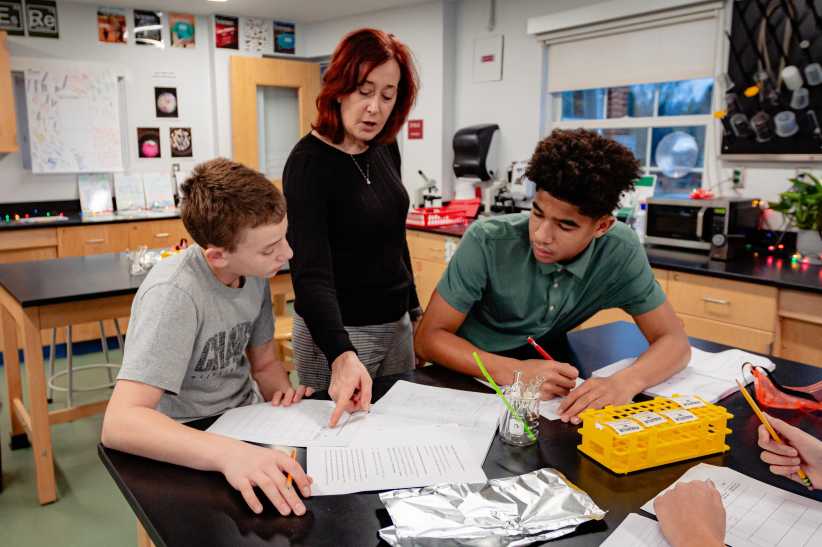Standing along the sun-scorched industrial shoreline behind St. Mary’s Cement in Hunts Point on Thursday, Bronx Borough President Vanessa L. Gibson renewed calls during a press conference for the city to invest in greener infrastructure across the borough.
Gibson, environmental advocates and community partners urged Mayor Eric Adams during the press conference to fully fund the New York City Parks Department (NYC Parks) and plant more trees in the South Bronx to mitigate the disproportionate heat, air pollution and flood risk in parts of the borough with the lowest tree coverage in the city.
Following the speeches, the group moved to a nearby stretch of waterfront and planted three trees, digging into the earth and transferring potted saplings into the ground where they will hopefully grow to one day provide shade and cleaner air to that strip of industrial shoreline.
However, according to city data, it will take a lot more than planting a few trees each year to make a dent in the lack of green space in Bronx Community Districts 1-6. What the borough, and the entire city needs, Gibson said, is for the Adams administration to fully fund the New York City Parks Department (NYC Parks) with 1% of the City’s Executive Budget, up from the 0.6% it currently has.
“ This is not just a budget issue, but it’s a matter of public health, public safety, and health and wellness,” Gibson said, who held the event one day before Arbor Day. “It’s also a justice issue when it comes to race, when it comes to social determinants of health. It’s a matter of life and death for far too many New Yorkers and Bronxites right here.”

Bumping up funding for NYC Parks would add an additional $80 million to the department’s budget. Gibson said she hoped some of that money would help bring back some 800 Park’s Department employees that the city lost over the past several years.
Elected officials and environmental advocates like Josh Otero, senior manager at the nonprofit Natural Areas Conservancy, hope that more funding and staff will help the city to achieve its Urban Forest Plan goal of covering 30% of the city’s urban landscape with a tree canopy. Right now, Community Board 2 in the South Bronx has less than 8% of its area covered in urban tree canopy compared to 22% citywide. Meanwhile Bronx Community Board 1 has a 14% canopy.
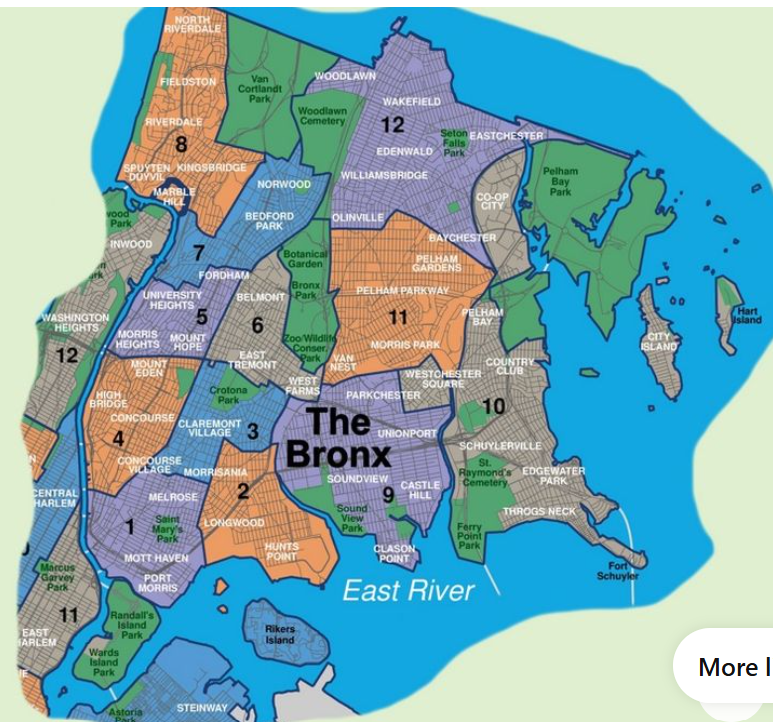
These inequities, officials say, have contributed to higher rates of asthma, air pollution exposure, and heat-related deaths. The event highlighted how stronger public funding and private-sector partnerships can reverse long-standing environmental injustices in the borough and improve health outcomes for Bronxites.
“ Some of our most heat vulnerable, and flood prone neighborhoods are also the ones with the least amount of healthy green space,” Otero said. “That’s why we’re pushing for the proper care and funding of our existing natural areas and local parks”
Otero said the nonprofit, which is heavily engaged in the city’s Urban Forest Plan, wants to hear feedback from Bronxites and New Yorkers around the city about what they want the city’s parks and green spaces to look like. There’s already a live online survey at urbanforestplan.nyc and the Natural Areas Conservancy will be holding an in-person meeting at Hostos Community College on May 5 at 6 p.m.
Natural Areas Conservancy and its public partners aim to find community led solutions to address the city’s urban tree canopy needs – solutions like the cleanup and greening of the waterfront at Oak Point. Once the city’s largest illegal dump, developer Steven Smith of Oak Point Properties worked with Bronx Community Board 2 to clean up the dump and create green space along the waterfront that can be accessed by the public.

John Vallacchi, environmental program manager for the environmental nonprofit The Bronx is Blooming, told the Bronx Times the additional trees the group planted along the shore at Oak Point would have grown there naturally 200 years ago. Two of the trees, River Birches, will quadruple in size over the next 3 or 4 years and grow up to 60 feet tall by the time they reach maturity, according to Vallacchi. The last tree, a Red Bud, will peak at maybe 35 feet, and Vallachi said it would bloom with beautiful pink blossoms and attract pollinators.
Gibson and environmental advocates like Vallacchi and Orteo have been campaigning for a fully funded Parks Depart. and a greater urban tree canopy cover over sections of the Bronx for months, holding rallies and writing letters, urging the administration to plant trees in the borough. Mayor Adams is set to release the Executive Budget later this month, although city council members may be prepared to fight for more increases to parks department funding if the Mayor’s budget doesn’t go far enough. The budget is typically finalized at the end of June.

